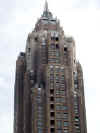 |
New York
Architecture Images-Seaport and Civic Center THE AMERICAN INTERNATIONAL BUILDING |
|
architect |
Clinton & Russell and Holton & George |
|
location |
70 Pine St. |
|
date |
1930-1932 |
|
style |
Art Deco |
|
construction |
Height: 952 ft (290 m), 66 floors |
|
type |
Office Building |
 |
|
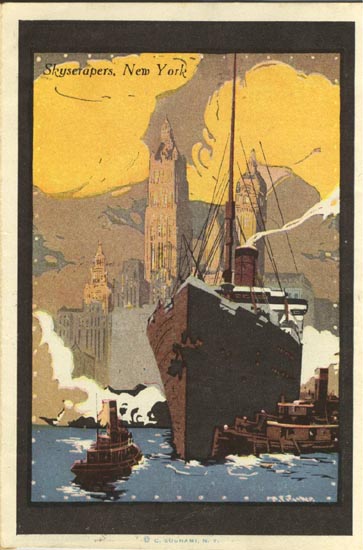 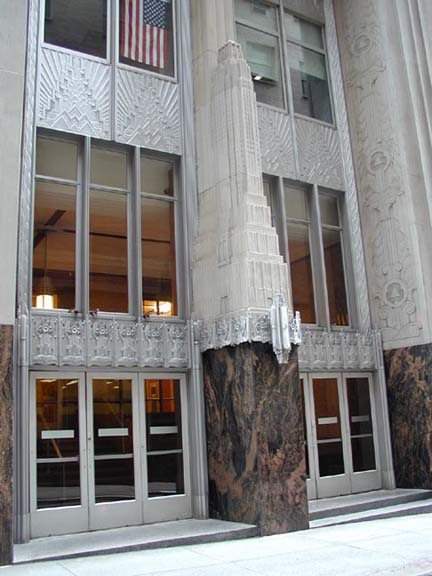 |
|
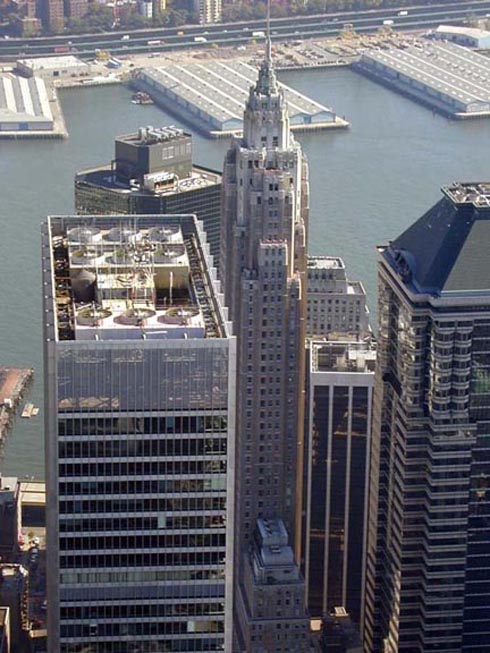 |
|
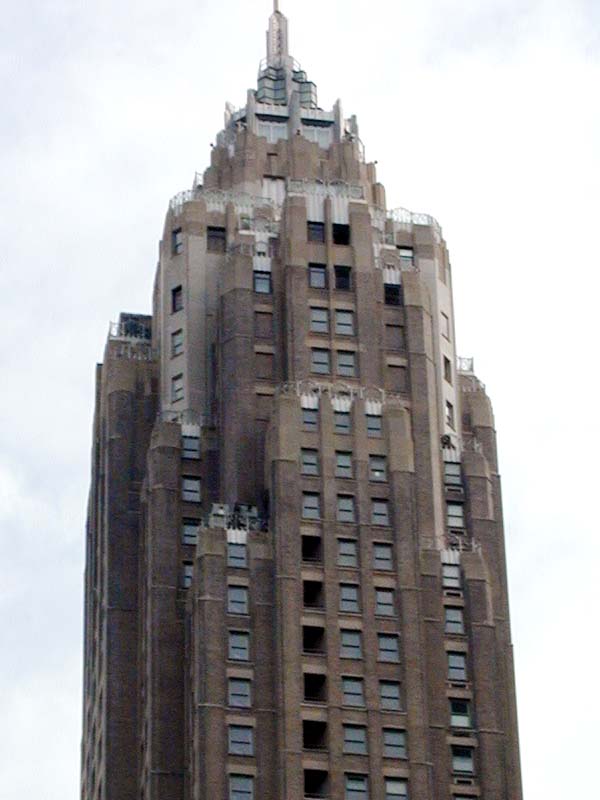 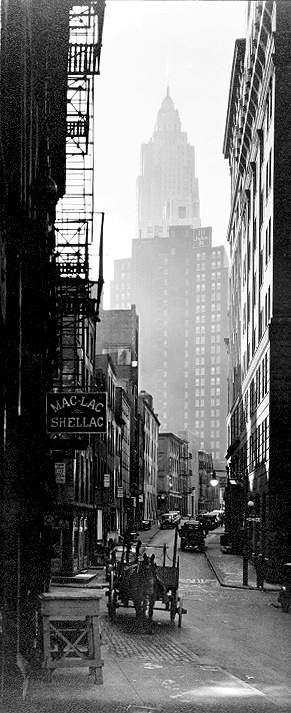 |
|
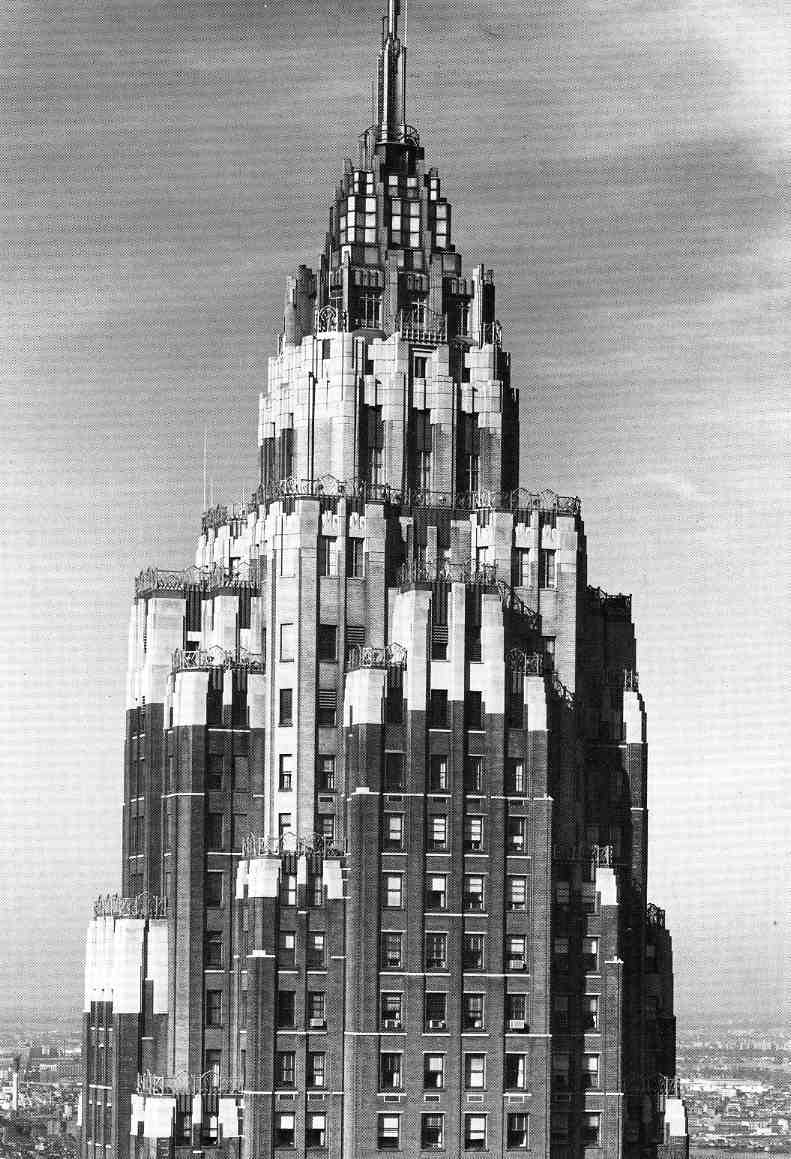 |
|
 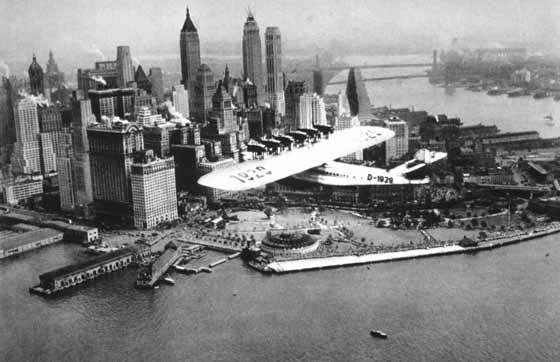 |
|
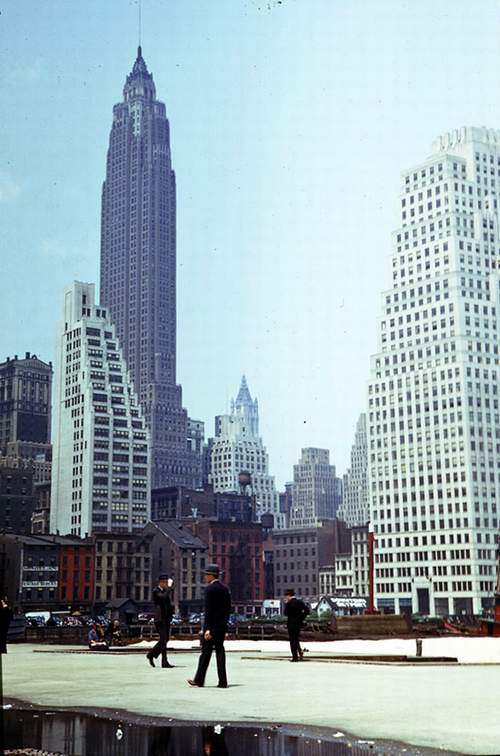 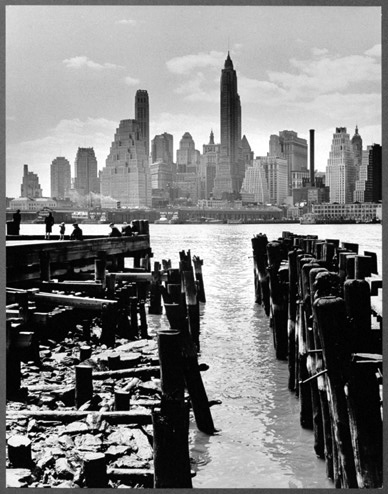 |
|
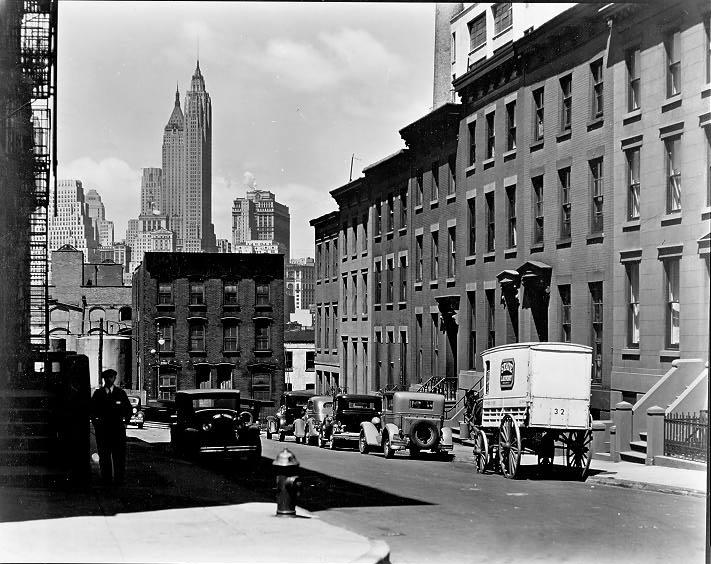 |
|
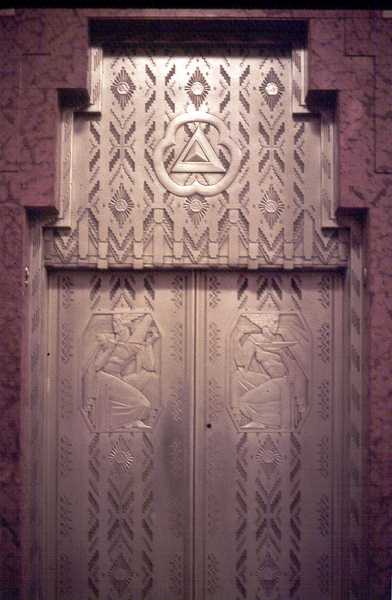  |
|
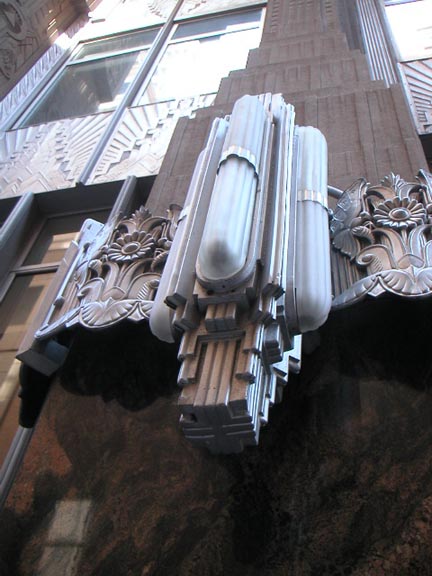 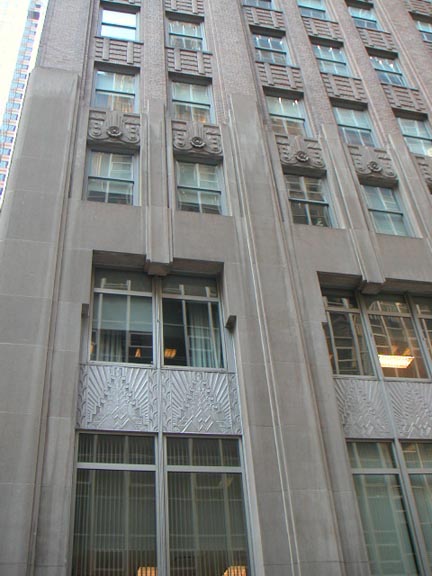 |
|
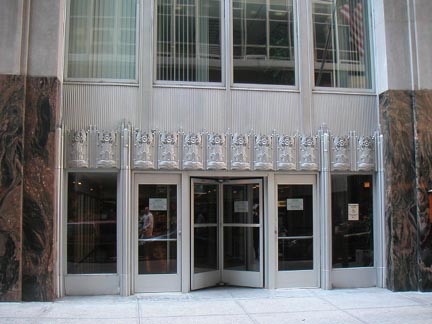 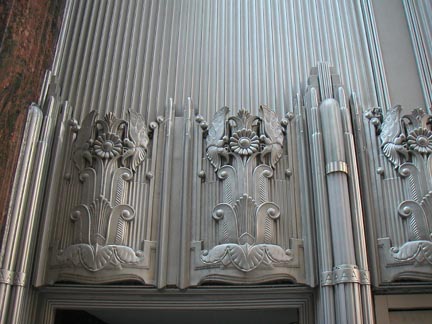 |
|
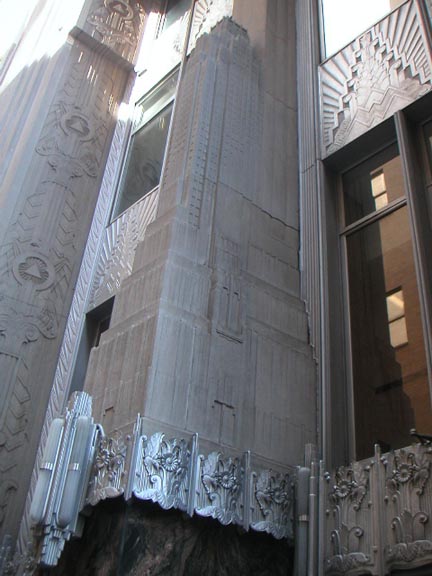 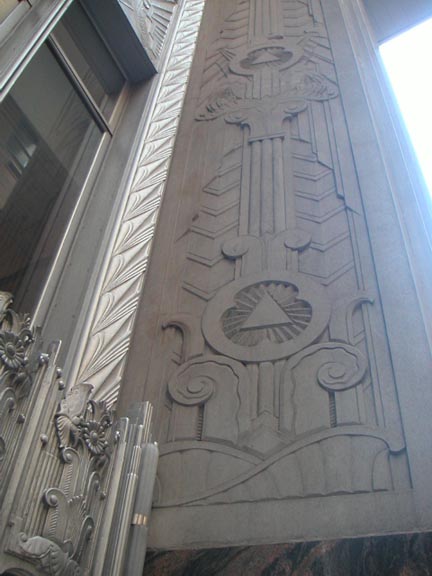 |
|
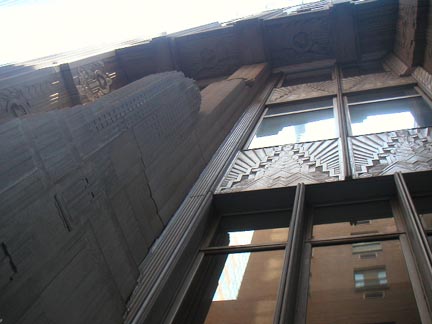 |
|
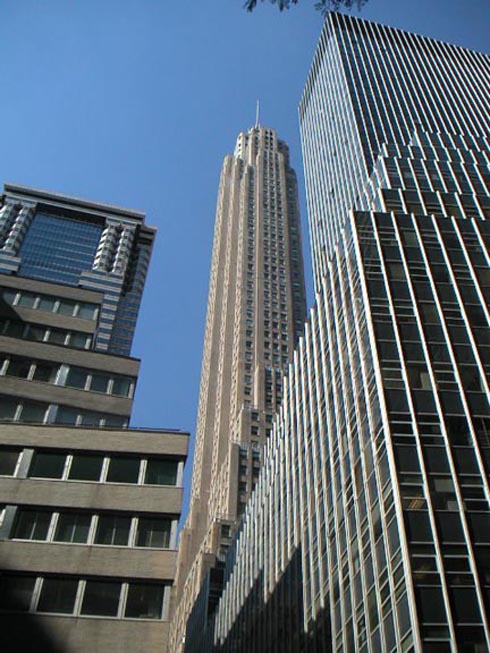 |
|
|
Built in 1930-1932 for the Cities Service Company. This 289.5-metre, Gothic-like, spire-topped skyscraper was the tallest building in the Downtown area until the completion of the World Trade Center. It also was to be the last skyscraper to be built in Financial District in the pre-WW II years. It took until 1961 that another tall skyscraper rose to the area, in the form of the Chase Manhattan Bank. The Cities Service Company was a trust responsible for New York City's gas supply, as well as owning electric companies and street railways, and the building was designed to accordingly exude a sense of power. Limestone models of the 67-storey building are carved on the central columns of both main entrances and the doors are adorned with the agency's emblem, a triangle. Above the granite-clad base, the brick tone of the tower lightens as it rises, until it sets back to a white-coloured top, like a snow cap on a mountain. The "mountain" had an open-air platform with an enclosed glass observatory above, offering undoubtedly the best views of Downtown before being closed from public. At one time called the 60 Wall Tower due to a fifteenth-floor connecting bridge to a building at 60 Wall St., the name was discarded along with the 60 Wall wing and the bridge when the Cities Service Co. vacated the building. Originally equipped with double-decker elevators -- ie. ones that serve two floors at the time -- in order to provide sufficient vertical service for the narrow tower, these were nevertheless removed due to their unpopularity. The Citicorp Center, however, adopted the idea in the 1970s, to maximize the core usage as well as an energy-conscious choice. Today the 80,400 m² building is owned by the American International Group, an insurance company. The observatory at the top is still used, albeit only as an executive oasis during lunch hours... |
|
|
links |
|